Train travel in Europe doesn't have to be stressful - use this guide and be a master in no time!
Two of the most famous tourist destinations in the entire world, many travelers will stop by both Paris and Rome during a trip. After all, who would want to miss out on what these two glitzy cities have to offer? Whether you’re looking for sightseeing experiences, delicious food, and wine, memorable nightlife, or literally anything else, you’re sure to find it here!
But traveling across Europe can be confusing, especially for first-time visitors. You can travel in so many ways, and of course, you’ll be asking yourself questions such as: “Which route is the cheapest to take from point A to point B?”, “Should I take a faster route or take it slow and explore in-between?”, among many others. Fret not - we asked ourselves these very questions when we were planning our trip, which is why we’ve come up with this handy-dandy guide on traveling the Paris-Rome route, specifically train travel between these two cities.
With this guide, we aim to answer all of your questions about traveling along this route so that you can plan your trip better and enjoy your dream European vacation!
Trains: Our Favorite Way to Travel within Europe!
Though it naturally all comes down to individual preferences, we prefer taking the train whenever we visit Europe for a variety of reasons:
Train stations across Europe tend to be located in the middle of the city, as opposed to airports and bus stations that are out of the way. It’s much easier and more relaxed to get on and off the train and arrive in the city center, where you can immediately start exploring, instead of having to travel into the city from the airport or the bus station.
Trains are roomier and even offer scenic views of Europe - during the journey, you can sit back, relax, and get comfortable in your seat as you take in stunning landscapes and waterscapes. You even get WiFi on the train, which means you can keep in touch with friends and family and even send them cool photos of the best views you come across.
Traveling by train is more flexible than traveling by plane or by bus, as there are ways to travel across each route! You can either choose to take high-speed trains to reach your destination as quickly as possible, or you can choose to craft a more indirect route with stops at several cities in-between for some sightseeing.
How to Get from Paris to Rome by Train
Now that we’re done professing our love for train travel in Europe, it’s time to get down to the nitty-gritty details about your upcoming Paris-Rome journey:
The fastest and most convenient journey from Paris to Rome is with the TGV High-Speed Train and the Trenitalia La Frecce High-Speed Train. The journey starts at Paris’ Gare de Lyon Station, where the TGV High-Speed Train whisks you off to Turin in a 5.5-hour journey. Once you arrive at Turin’s Porta Susa Station, you’ll then transfer onto a Trenitalia Le Frecce High-Speed Train, where the journey continues for 4.5 more hours before you reach Rome. This route is highly recommended if you’re looking for a no-frills and direct journey between these two cities, where you can immediately begin exploring what Rome has to offer as soon as you arrive in the Rome city center.
Alternatively, you can also travel on the Intercités de Nuit Night Train from Paris to Nice, where you will board the train at Paris’ Austerlitz station before you embark on a 12-hour journey to Nice, located near the Italian border. From Nice, you can then take a series of regional trains as you make your way across the border and Italy before you finally reach Rome. This route is ideal if you have the time to take it slow and explore all the other wonderful cities between Paris and Rome. The exact trip duration varies, depending on what cities or countries you visit on the way to Rome, so make sure to plan accordingly!
Klook Tip: If you decide to pass by other countries on your way to Rome, make sure that your Rail Pass is also valid for these countries. If you’re keen to do just that, then check out the Global Pass, which is valid in 33 European countries.
Before you go on your merry way, check if the trains you’ll be taking require seat reservations before the journey. After all, you wouldn’t want to miss out because you skipped this step!
Are Seat Reservations Required on Europe Rail? How Do I Make Seat Reservations on Europe Rail?
Seat reservation policies and booking procedures vary per train. Refer below for a summary of reservation guidelines for trains traveling the Paris-Rome route:
Seats and sleeping accommodations are limited for Eurail or Interrail pass holders. We recommend making reservations as early as possible to secure seats for your preferred journeys. Seats and sleeping accommodations can be reserved up to 90 days before your travel date.
Rates vary depending on your choice of seat and sleeping accommodation.
Sightseeing Along the Paris-Rome Train Route
The sights you’ll see from the train will vary depending on what route you choose to take. If you’re traveling on the TGV High-Speed Train and Le Frecce High-Speed Train, keep your eyes peeled for these eye-catching destinations you’ll pass by:
The Chartreuse Mountains
Outdoor enthusiasts will love the breathtaking sight of the Chartreuse Mountains, whose appearance changes starkly throughout the seasons. The mountains are green and lush from spring-summer, as opposed to the wintertime when it is blanketed by layers and layers of white and powdery snow. But regardless of the season, the Chartreuse Mountains are definitely a sight to behold - so remember to look out the window and whip out your camera as you drive past!
Vanoise National Park
Standing right in front of the Italian border is Vanoise National Park, a 53,000-hectare area filled with flora and fauna. Like the Chartreuse Mountains, Vanoise National Park is a haven for any nature lover! With landscapes that seem as if they stretch forever, it’s a popular destination for hiking enthusiasts in the warmer months. In winter, its ski resorts are frequented by both aspiring and professional skiers alike.
Milan, Italy
Though you won’t have much time in the city, it’s worth paying attention during the train journey as you approach Milan, a fast-paced city located just after the border. Try to spot its iconic landmarks, such as the Milan Cathedral and Galleria Vittorio Emanuele II as you peer out the train windows! If you spot anything interesting, take note of it so you can add it to your itinerary the next time you’re in the area.
Bologna, Italy
Past and present intersect here at Bologna, where two contrasting halves form the eclectic city: on one side, a well-preserved historical center brought about by meticulous conservation and restoration policies, and on the other side, a newer area where modern design flourishes. Whichever side suits your fancy, you’re sure to find something spectacular here, even in the few minutes you’ll spend passing through.
Florence, Italy
It’s almost hard to believe that so many art and architectural masterpieces can be found in such a small city, but Florence defies all expectations! Here you’ll observe crowds moving in the narrow cobblestone streets, bordered by palaces, medieval chapels, and art museums. As you leave the city, you’ll get a glimpse of the River Arno, which changes its appearance depending on the time of day: bright and cozy while the sun is out, while it becomes romantic and intimate after sunset.
If you’re taking the Intercités de Nuit Night Train and regional trains, you’ll be able to craft your itinerary as you please and visit all sorts of places on your way to Rome. We recommend stopping by any of these cities along the way, all located by the water:
Nice, France
Take some time to soak up some rays here at Nice, a seaside city known for its Mediterranean climate, vibrant streets, and sandy beaches with gorgeous views of the deep-blue sea. As it’s located right by the border between France and Italy, you’ll definitely feel how the two cultures blend together here at Nice. Make sure to try as many dishes as you can during your stay - shops and restaurants here use only the freshest ingredients, which make for more intense flavors!
Genoa, Italy
One of the oldest cities in Italy, Genoa is a treasure trove of historical and cultural relics. In the old town, you’ll discover a fascinating contrast: Genoa’s old and narrow streets from the premodern area set against bustling shops, bars, and restaurants. Visit the port area, which was recently fixed up and is now home to some museums and eateries, as well as a closer look at the neighboring waters.
La Spezia, Italy
Often overlooked by many is the port town of La Spezia, where travelers typically spend a night before they set off to the nearby Cinque Terre. But if you’ve got an extra day or two in your itinerary, we highly recommend staying longer to enjoy what this cozy town has to offer: from its winding streets filled with all sorts of shops to the numerous trattorias in town where you can feast on delicious cuisine from the region.
Klook Tip: Visit the Viale Garibaldi area on Friday mornings for the weekly street market, where you can shop for clothes and specialty products that would make for awesome souvenirs!
Livorno, Italy
Famed for its seafood, with ingredients caught fresh from the nearby ocean, Livorno is a must-visit for any foodie! Here you’ll be able to feast on some of the best Tuscan dishes in the entire region - when you visit, make sure you get a taste of Cacciucco (Tuscan Seafood Stew) or Spadellata di cozze e vongole, mussels and clams simmered in white wine that’s typically served with toasted bread. Once you’ve had your fill of the local cuisine, feel free to explore the town to admire the town’s Belle Époque buildings and its Venetian-style canals in the area dubbed the “Little Venice of the Mediterranean.”
Klook Tip: Though Livorno’s cuisine is most-known for its seafood, it also boasts a selection of tasty snacks like Castagnaccio, a cake made with chestnut flour, and Torta di Ceci, a cake-like dish made with chickpea flour (we recommend rolling it up and eating it as you walk around town - it’s the perfect snack for exploring!
Book it, Klook it!
Now that you have all the information you need, it’s time to start planning your next great vacation! Luckily for you, both the Interrail Global Pass and the Eurail Global Pass are already available right here at Klook, so you won’t have to look much further. Happy holidays!
If you have any questions about the Interrail Pass and the Eurail Pass, check out our FAQs below, where we try to answer the three most common questions about these passes.
Frequently Asked Questions About Rail Passes
Why Should I Get a Europe Rail Pass?
Two of the things we value most during our travels are saving money and flexibility, and you get exactly these with a Rail Pass. If you have plans to travel around Europe, especially across Western Europe, then you’ll definitely get your money’s worth! Using a Rail Pass, you can get some pretty amazing deals on both international and domestic rail travel, even when you take the costs of seat reservations (mandatory on certain trains) into account.
Rail Passes also offer quite a bit of flexibility - if your route requires seat reservations, then you can make those up to 90 days prior to your travel date. And if it doesn’t, then you can just hop on a train and show the conductor your Rail Pass, which makes those impromptu train trips to nearby destinations all the more appealing!
Should I Buy the Eurail Pass or the Interrail Pass? What Type of Pass is the Best Option for Me?
You can use either the Interrail Pass or the Eurail Pass, depending on your current citizenship or country of residence. We know it can be confusing, so we’ve simplified it as best as we can:
Eurail Passes - if you a) are not a European citizen/resident or b) have dual citizenship (European and non-European) but currently reside outside of Europe, then you will need to purchase a Eurail Pass.
Interrail Passes - if you a) are a European citizen/resident or b) have dual citizenship (European and non-European) and currently reside in Europe, then you will need to purchase an Interrail Pass.
Once you’ve figured out whether or not you need the Eurail Pass or the Interrail Pass, you can then start choosing which pass is best for you. Choose between the Global Pass, perfect if you plan to travel to/across multiple countries, or go for the One Country Pass if you are just traveling within one country.
You also have the option between Flexible Passes or Consecutive Passes. Flexible Passes are ideal if you don’t see yourself traveling on every day of your adventures across Europe. Meanwhile, Consecutive Passes are a much better pick if you are traveling with European trains daily.
And though both Mobile Passes and Paper Passes are available, we prefer the Mobile Pass as we don’t need to wait for it to be delivered - we can start traveling ASAP instead!
What are the Facilities on Europe Trains?
Facilities may differ per train, route, and seat class. To save some time, you can check out our quick guide on train facilities on the Paris-Rome route:
Train Type | Facilities |
|---|
TGV High-Speed Train | Air conditioning Bar Children's play area Disabled facilities Newspapers/magazines Power sockets Restaurant/bistro WiFi |
La Frecce High-Speed Train | Air conditioning Bar Coffee bar Power sockets Restaurant/bistro Video screens WiFi |
Intercités de Nuit Night Train | Air conditioning Luggage racks Power sockets Vending machines WiFi on select routes |
Regional Trains | Facilities vary, depending on the provider and train type that you take. Visit the official website of each train provider after you check the official timetable for more information. |
For information regarding assistance to passengers with disabilities or reduced mobility, refer to the official website of each train provider.
Related Articles

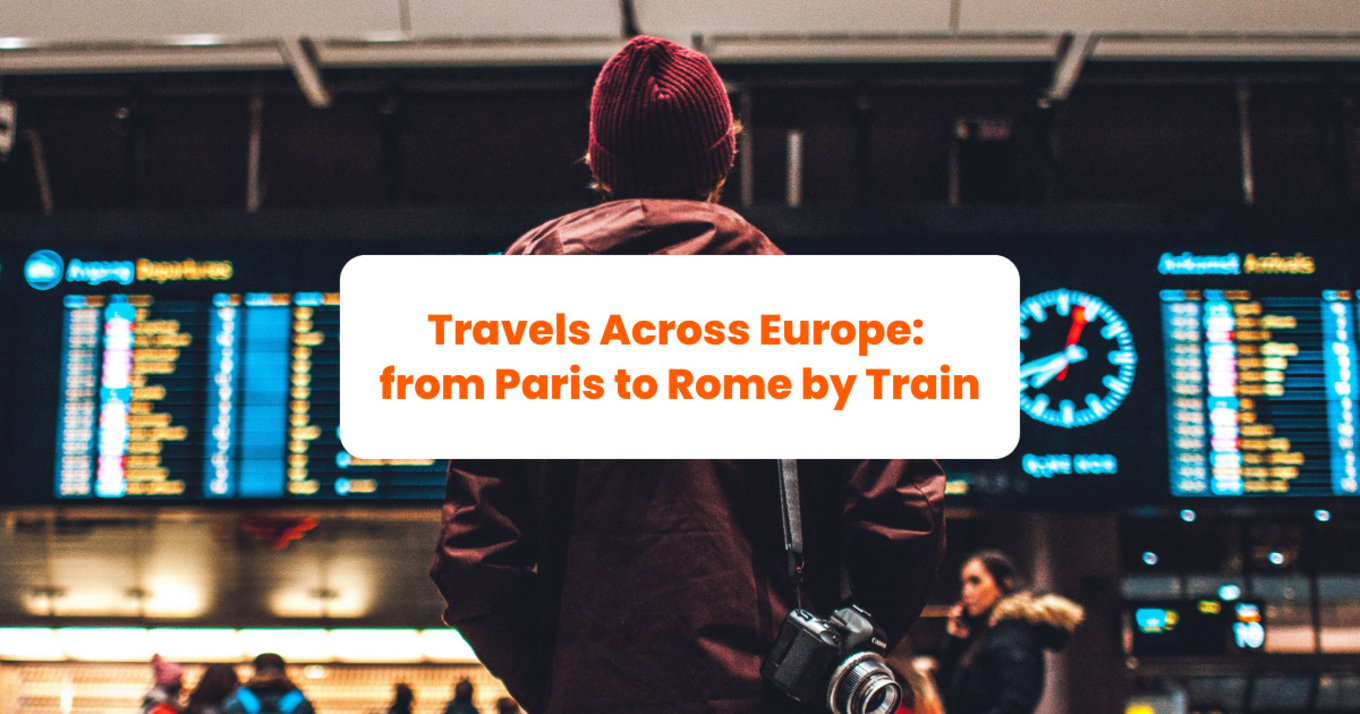
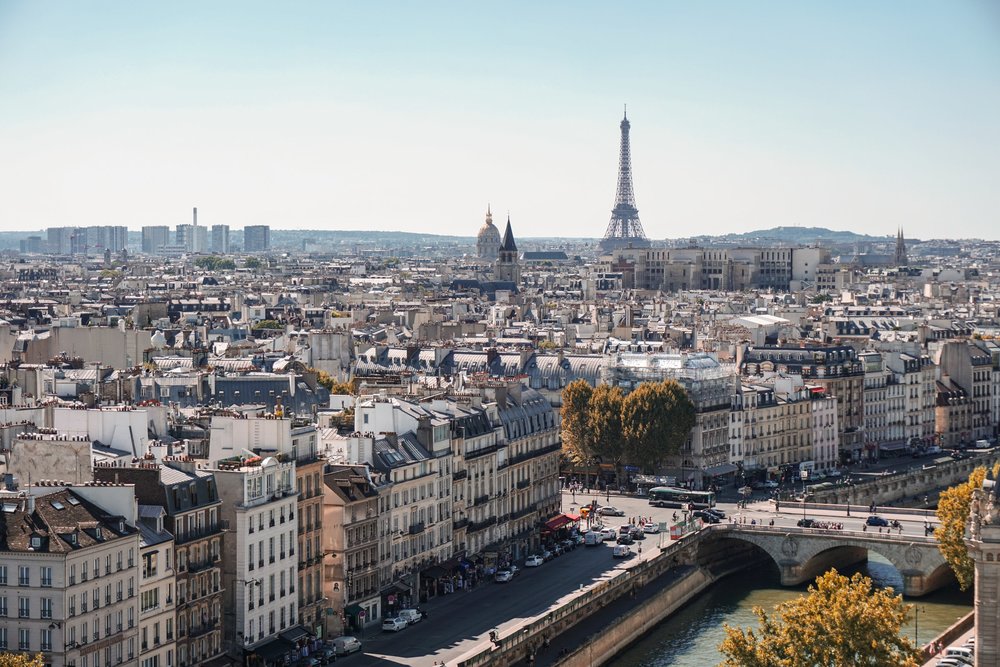
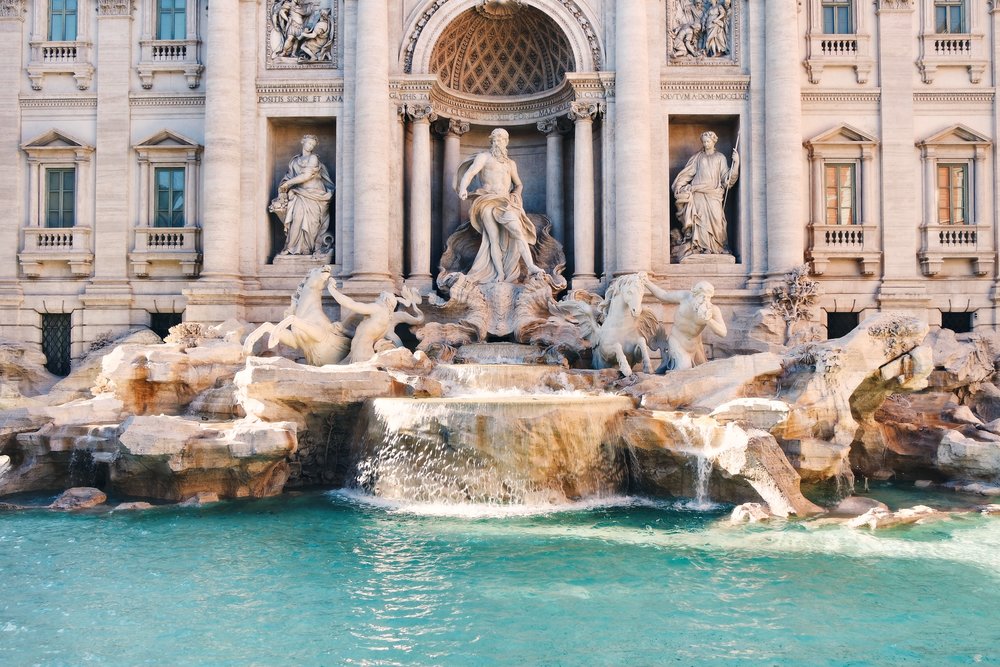
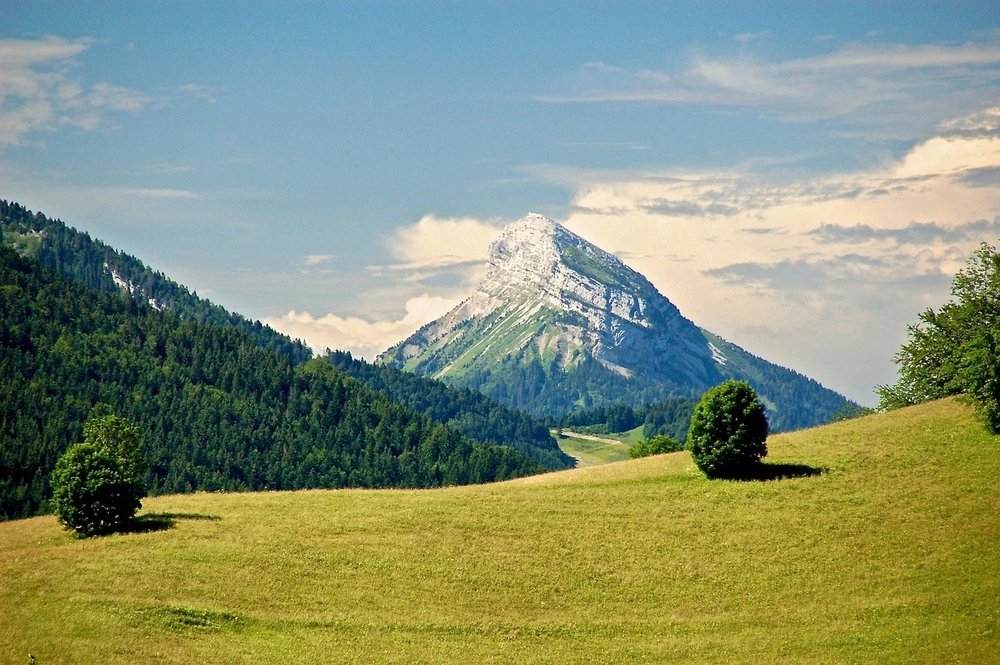
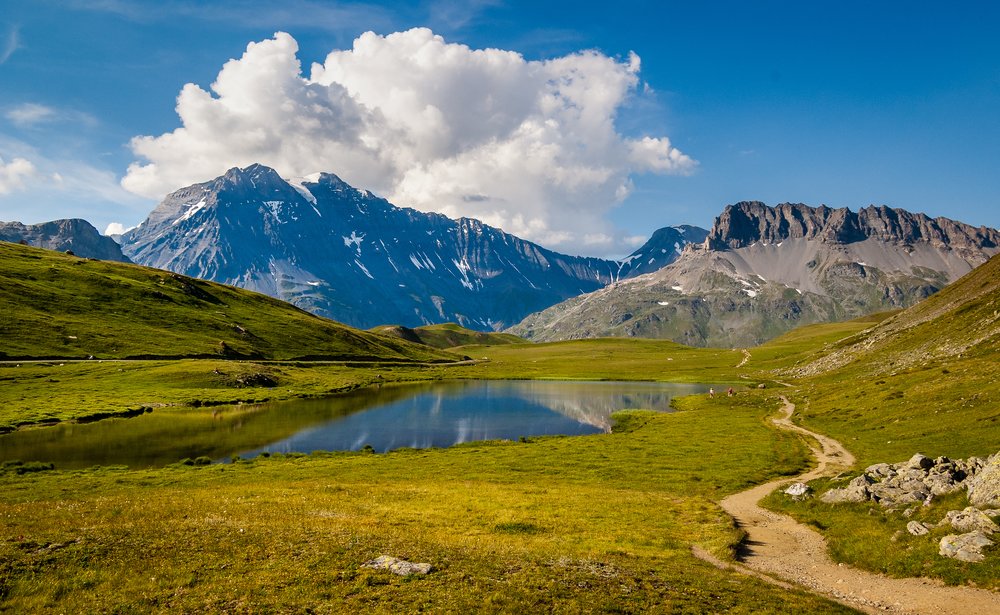

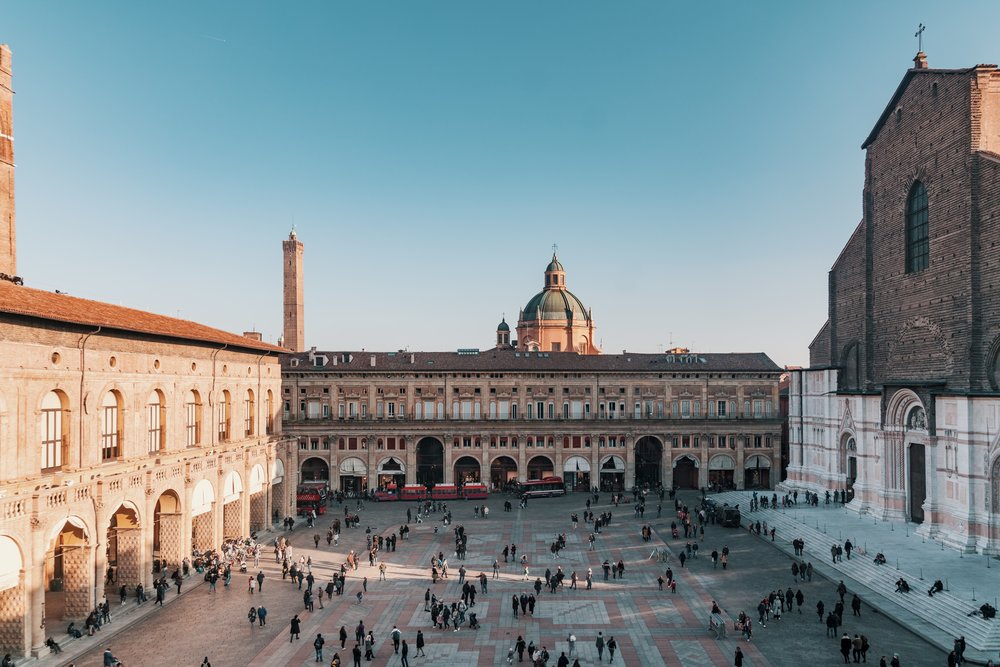
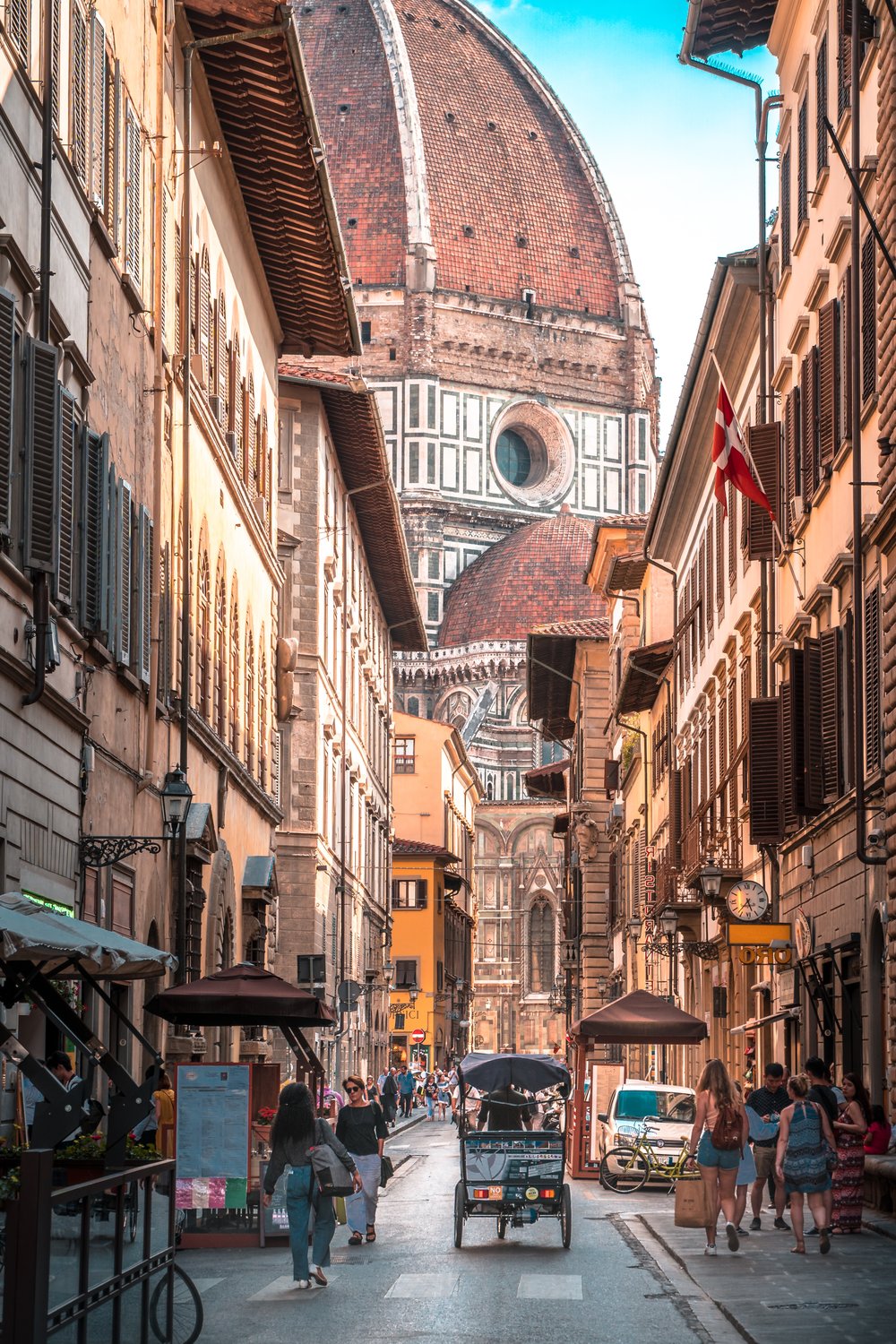

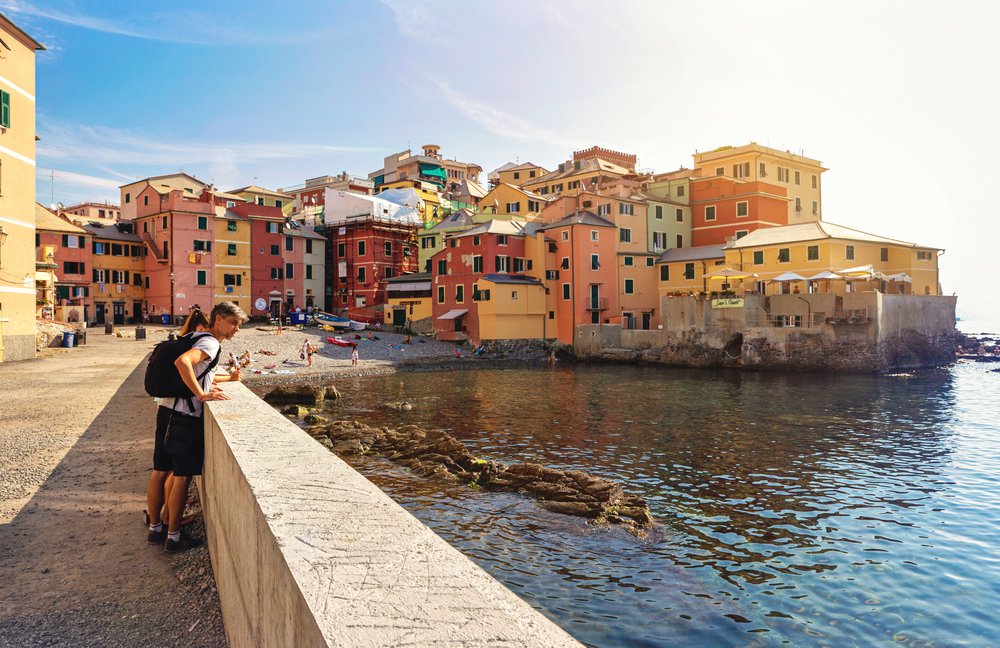
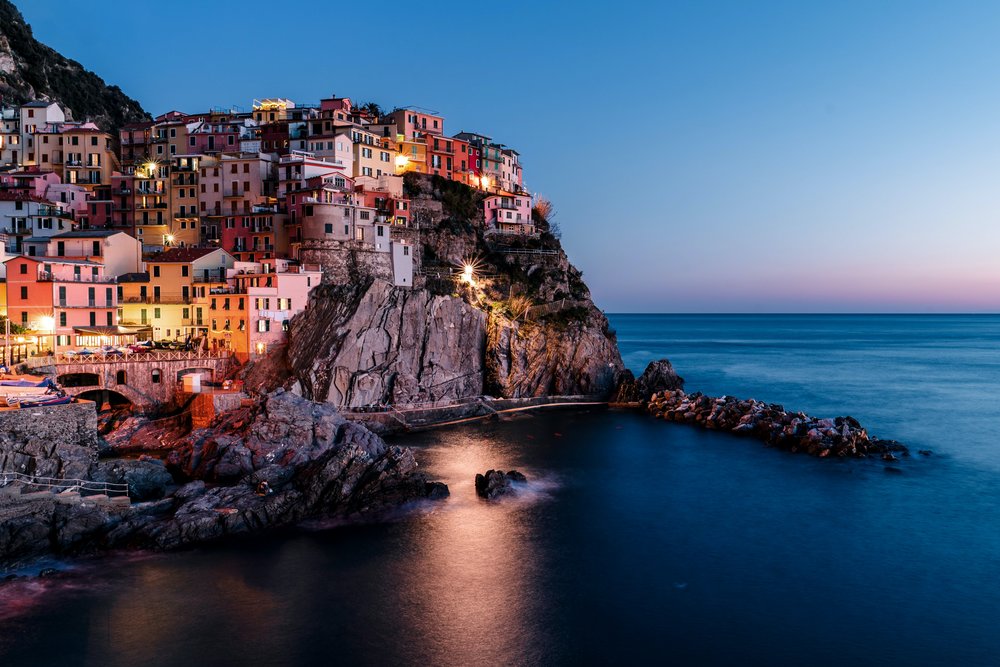
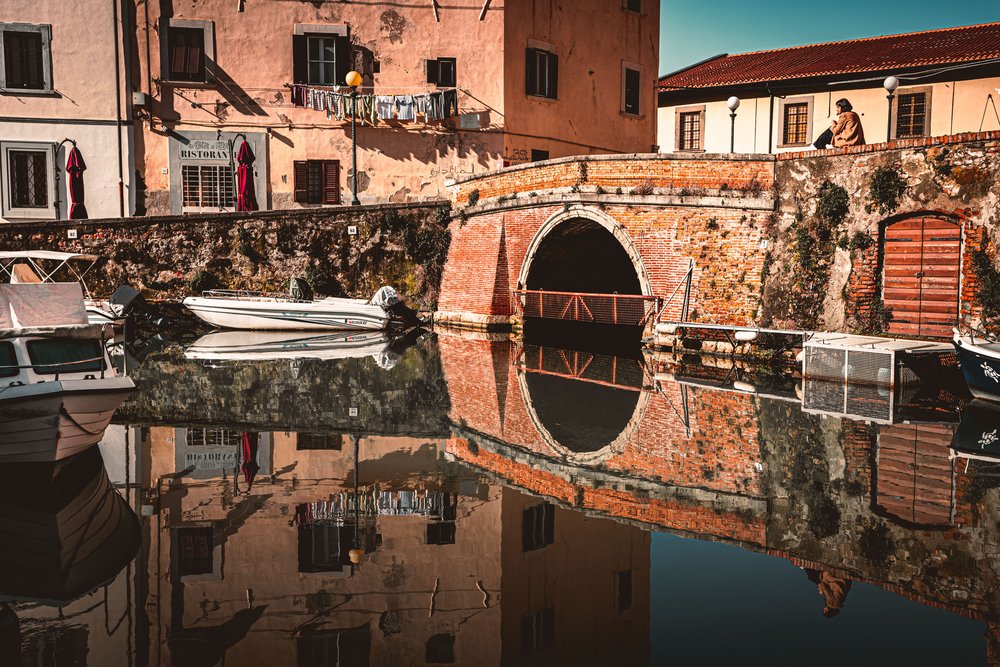




![[Updated] Complete List Of Official Nationwide MCO SOP 2021](https://res.klook.com/image/upload/fl_lossy.progressive,q_85/c_fill,w_160,h_104/v1633858858/blog/iso56uzsphmdguixkvzh.jpg)





![[Updated] Complete List Of Official Nationwide MCO SOP 2021](https://res.klook.com/image/upload/fl_lossy.progressive,q_85/c_fill,w_410,h_264/v1633858858/blog/iso56uzsphmdguixkvzh.jpg)






